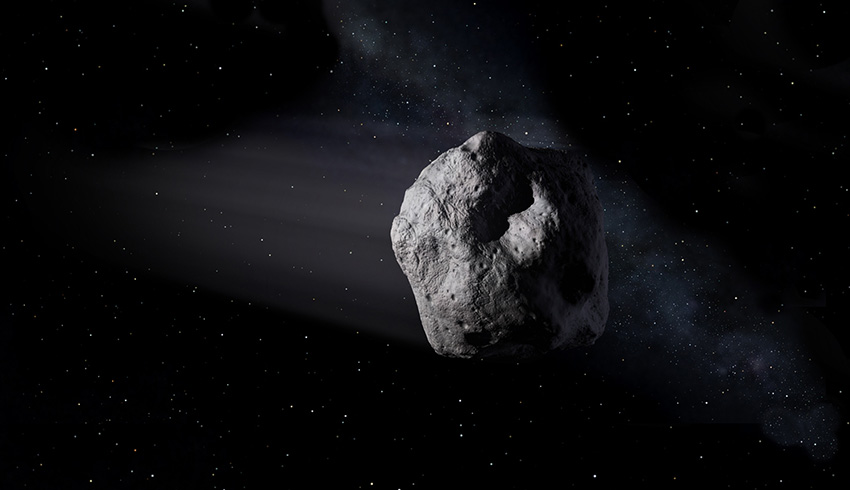
That includes scientists from the UWA Department of Physics and the University of Poznan in Poland who will use the powerful Zadko Telescope at the Gravity Precinct in Gingin, Western Australia, to survey the skies.
The project includes the development of software that will allow scientists to speedily share sightings of potential asteroid threats with observatories around the world.
UWA associate professor David Coward said the Zadko telescope had the capability to monitor asteroids as far away as Mars and to spot dangerous space rocks near Earth that may previously have been undetected.
“There are thousands of rocks that orbit the sun close to Earth and monitoring their activity is hugely important for the protection of our planet,” he said.
“It’s the smaller space rocks between 10 and 100 metres in diameter where current surveillance is missing.
“These rocks are often termed city destroyers and you need to have high precision telescopes, like the Zadko telescope, to monitor these threats.
“The Zadko telescope’s location is pivotal and provides a fantastic resource to monitor what could be a significant threat to our planet’s survival.”
In 2019, a 100-metre asteroid was detected just hours before it came within 70,000 kilometres of Earth. In 2013, an asteroid estimated to be 20 metres in diameter entered Earth’s atmosphere over Russia, producing sonic blasts that shattered countless windows and injured more than 1,000 people.
The Zadko Telescope is supported by the UWA Faculty of Engineering and Mathematical Sciences and the Australian Research Council Centre of Excellence for Gravitational Wave Discovery (OzGrav).
UWA OzGrav research associate Dr Bruce Gendre said space objects had caused great devastation to the Earth in the past, including the asteroid impact that caused the extinction of dinosaurs.
“This is why the European Space Agency’s affiliates approached UWA. The Zadko Telescope responds instantly and automatically to European Space Agency alerts to track objects in space near Earth,” he said.
Zadko Observatory manager John Moore said the contract was perfectly timed.
“It comes after the telescope has just had significant upgrades including a new mirror coating, which has improved its sensitivity 10 times to what it was previously,” he said.
Receive the latest developments and updates on Australia’s space industry direct to your inbox. Subscribe today to Space Connect here.









